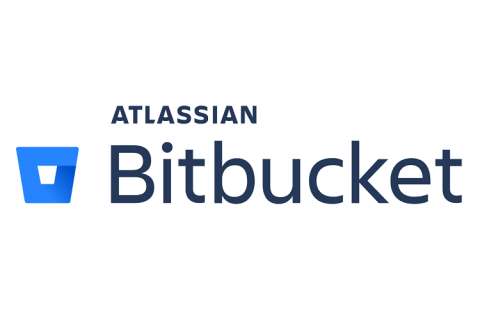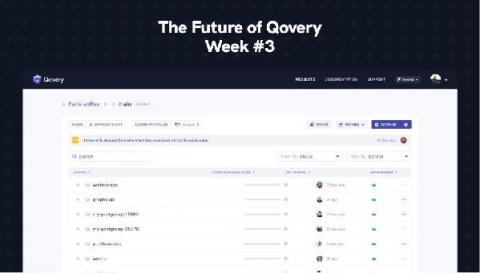Top 10 Container Orchestration Tools
Containers have revolutionized how we distribute applications by allowing replicated test environments, portability, resource efficiency, scalability and unmatched isolation capabilities. While containers help us package applications for easier deployment and updating, we need a set of specialized tools to manage them.











